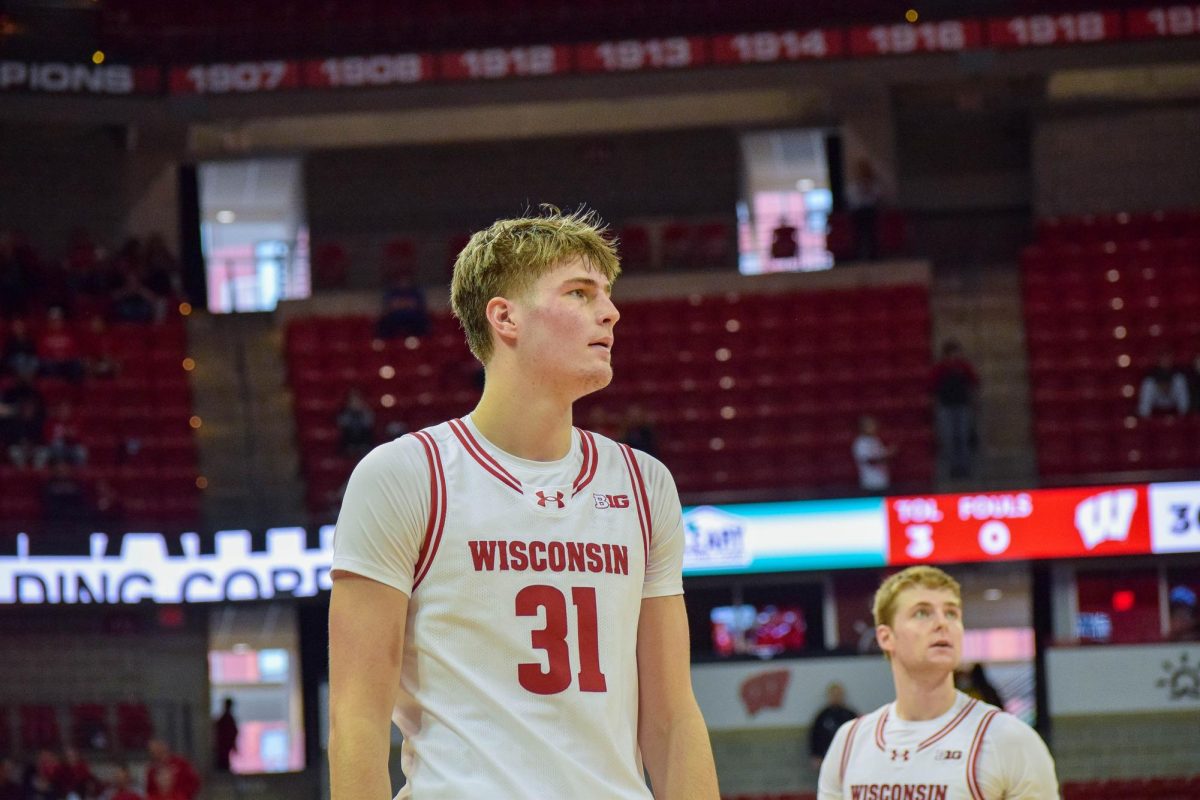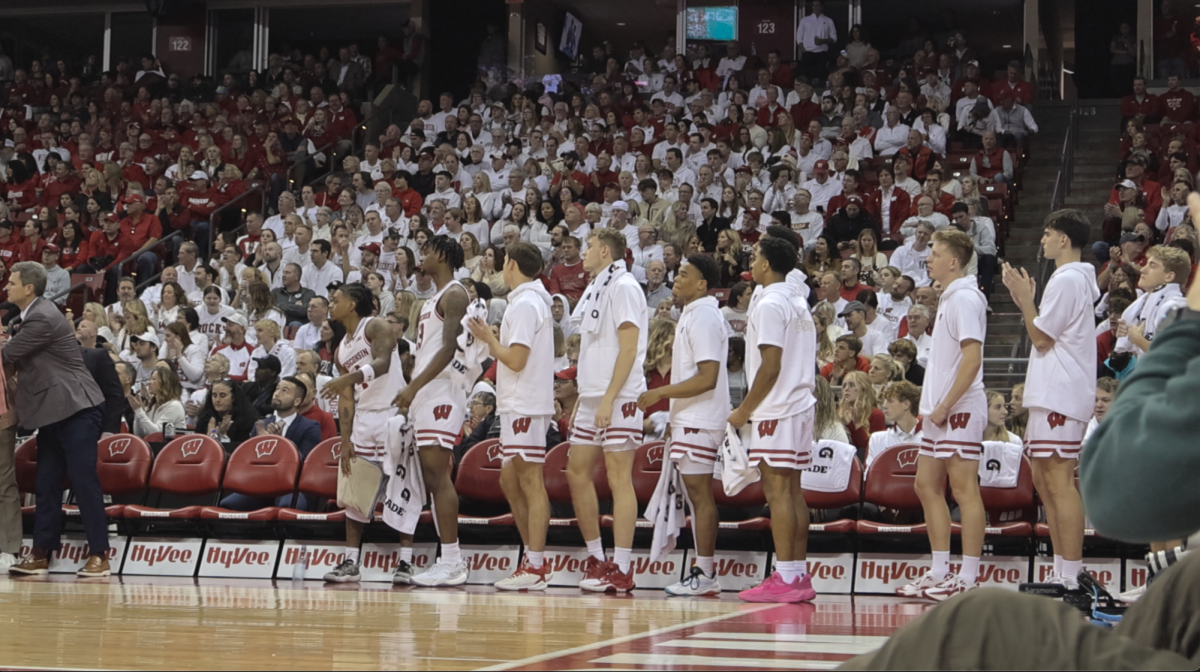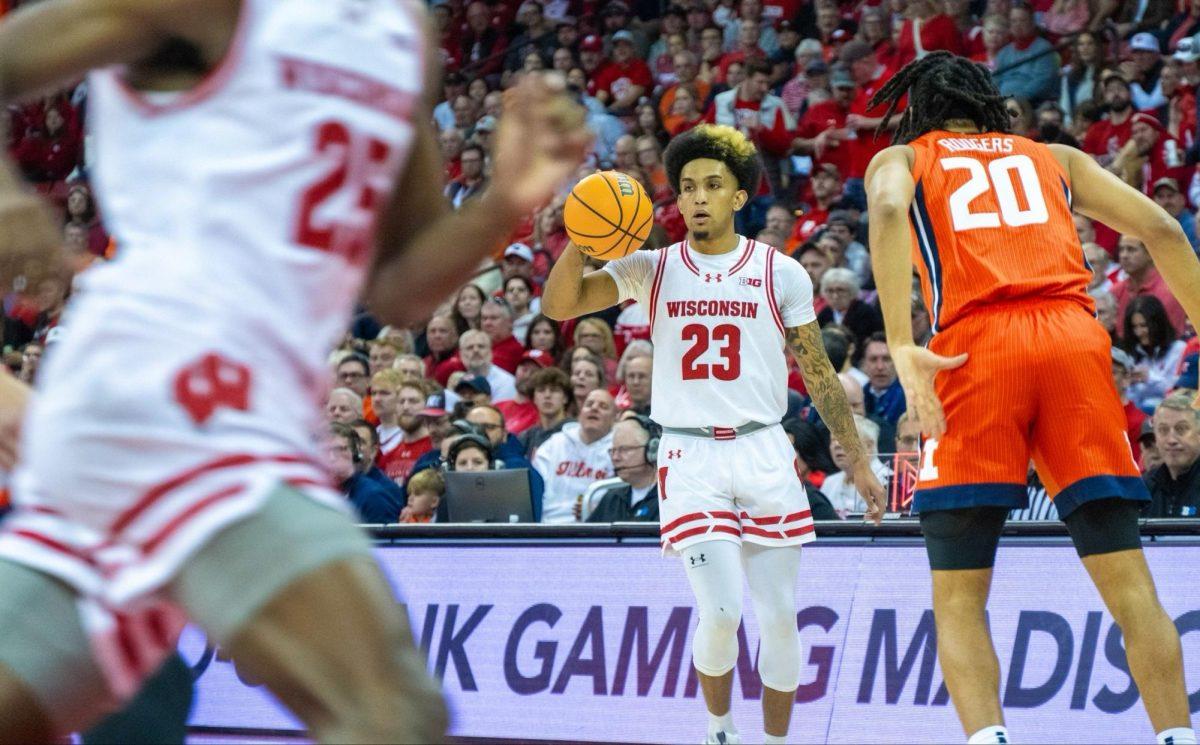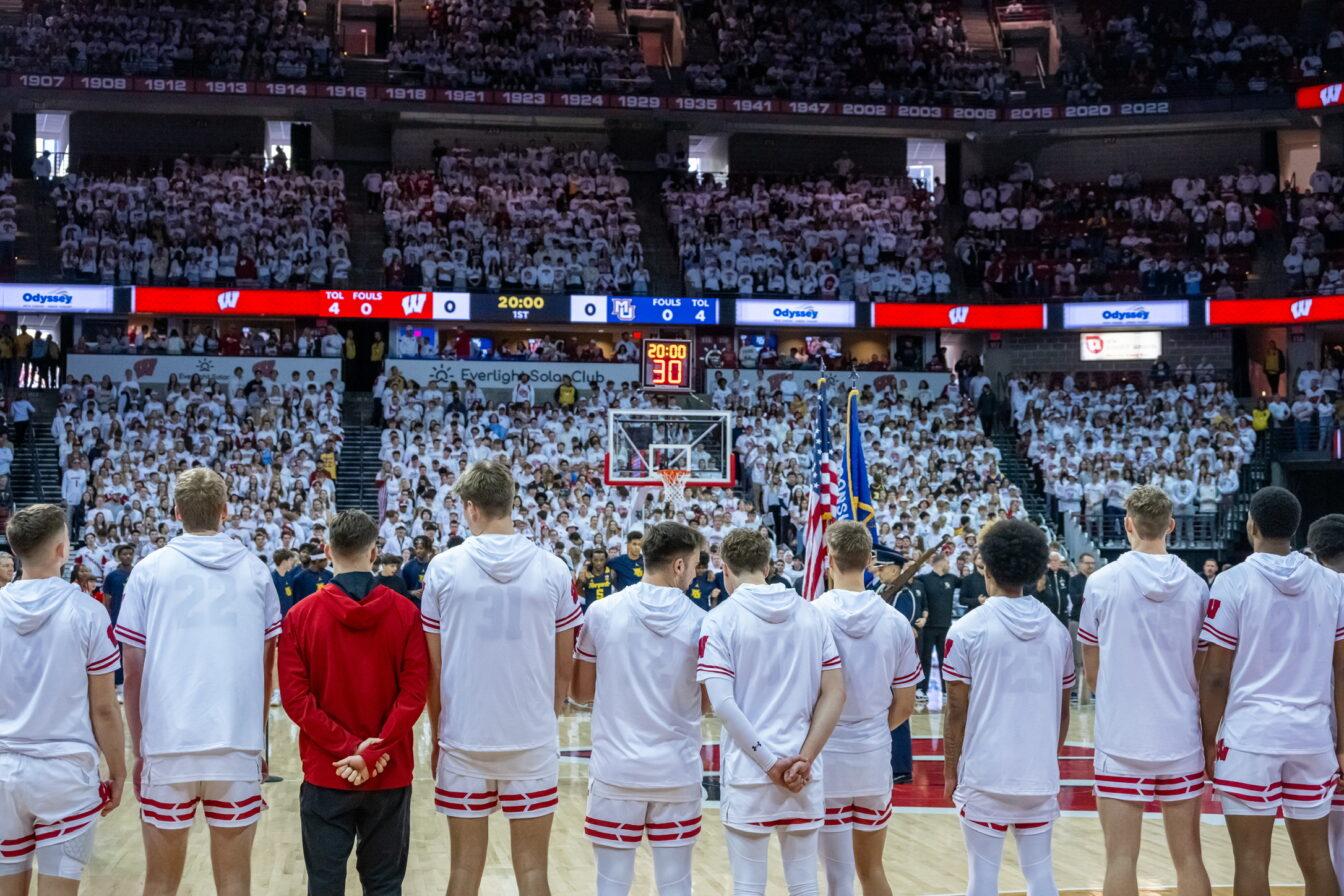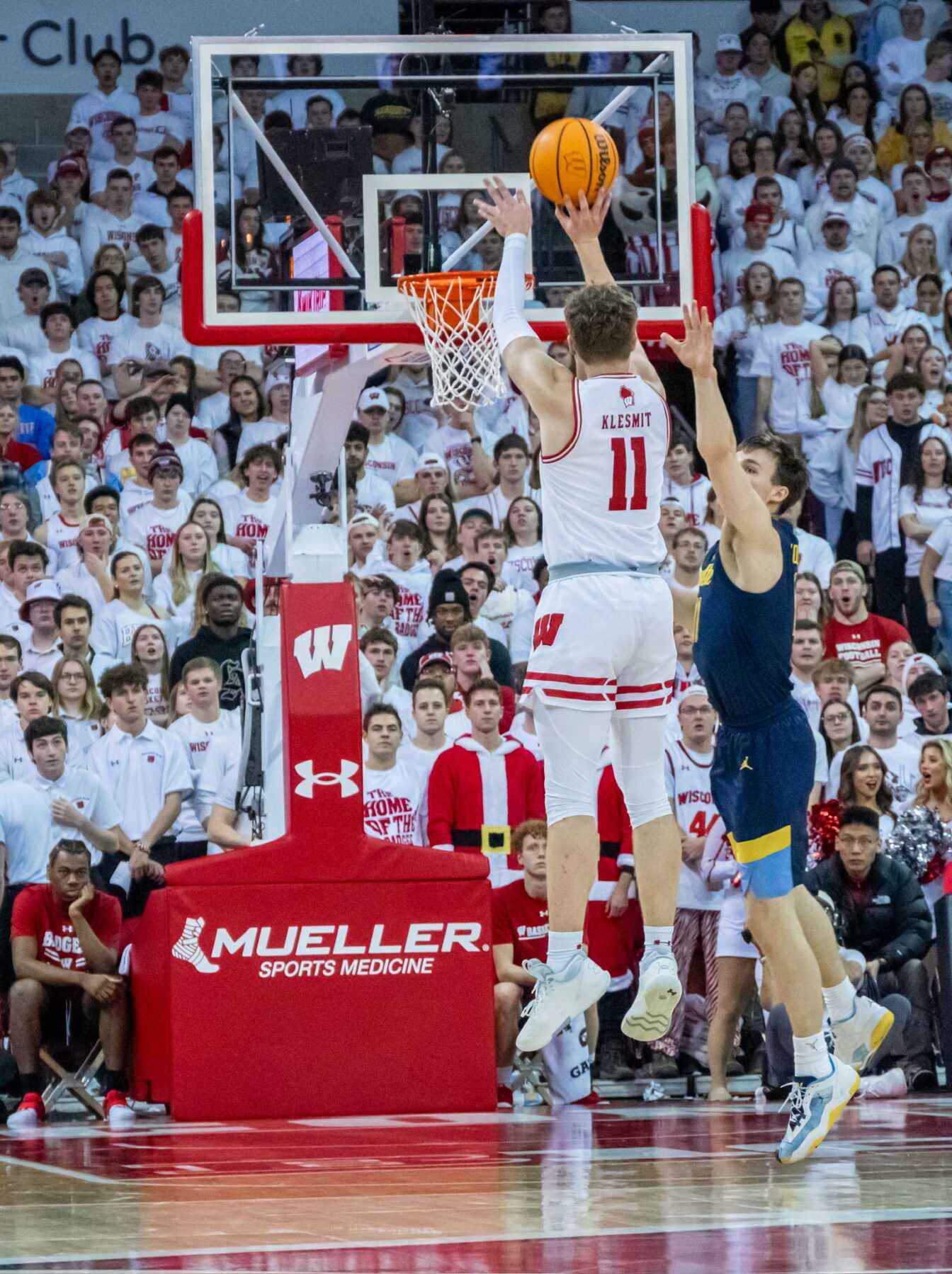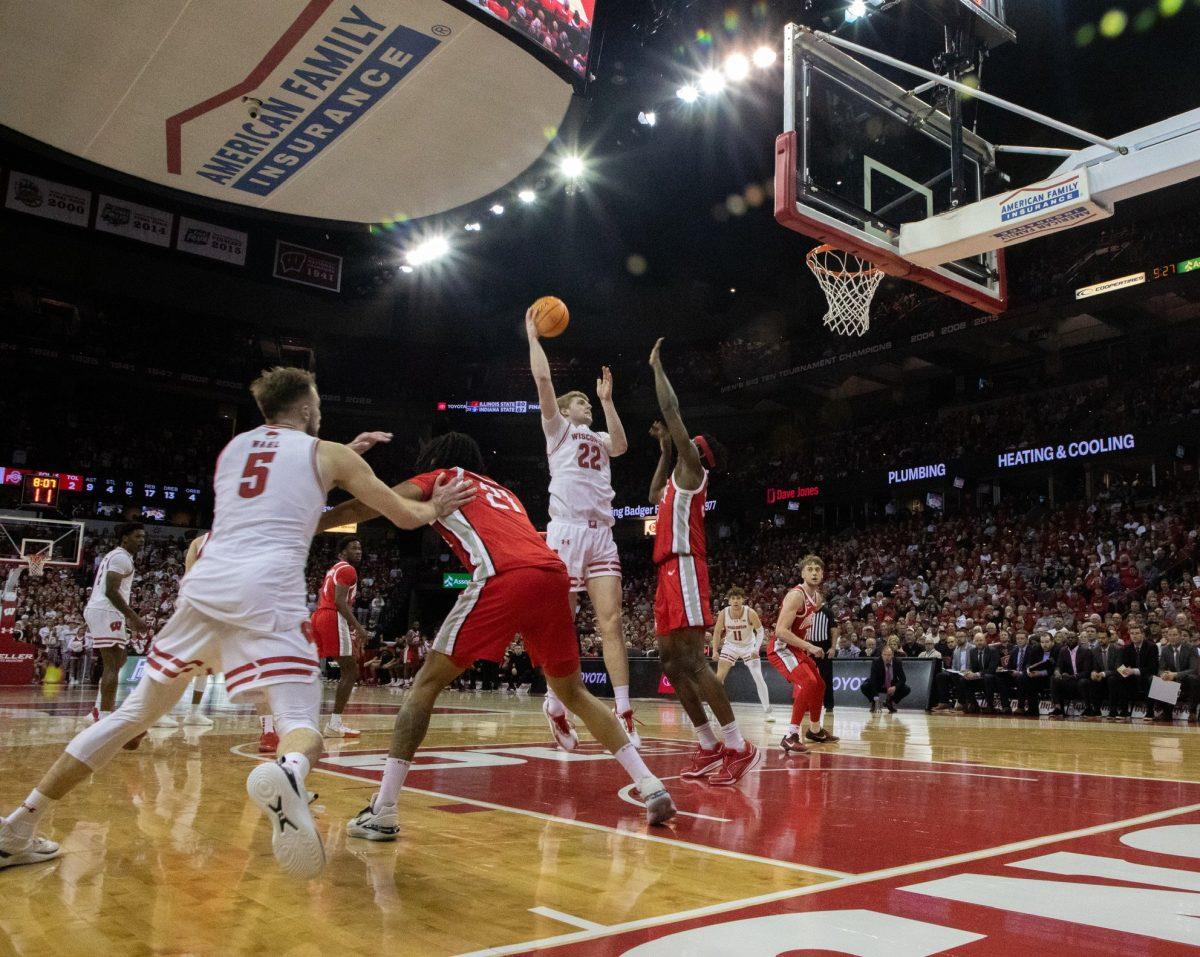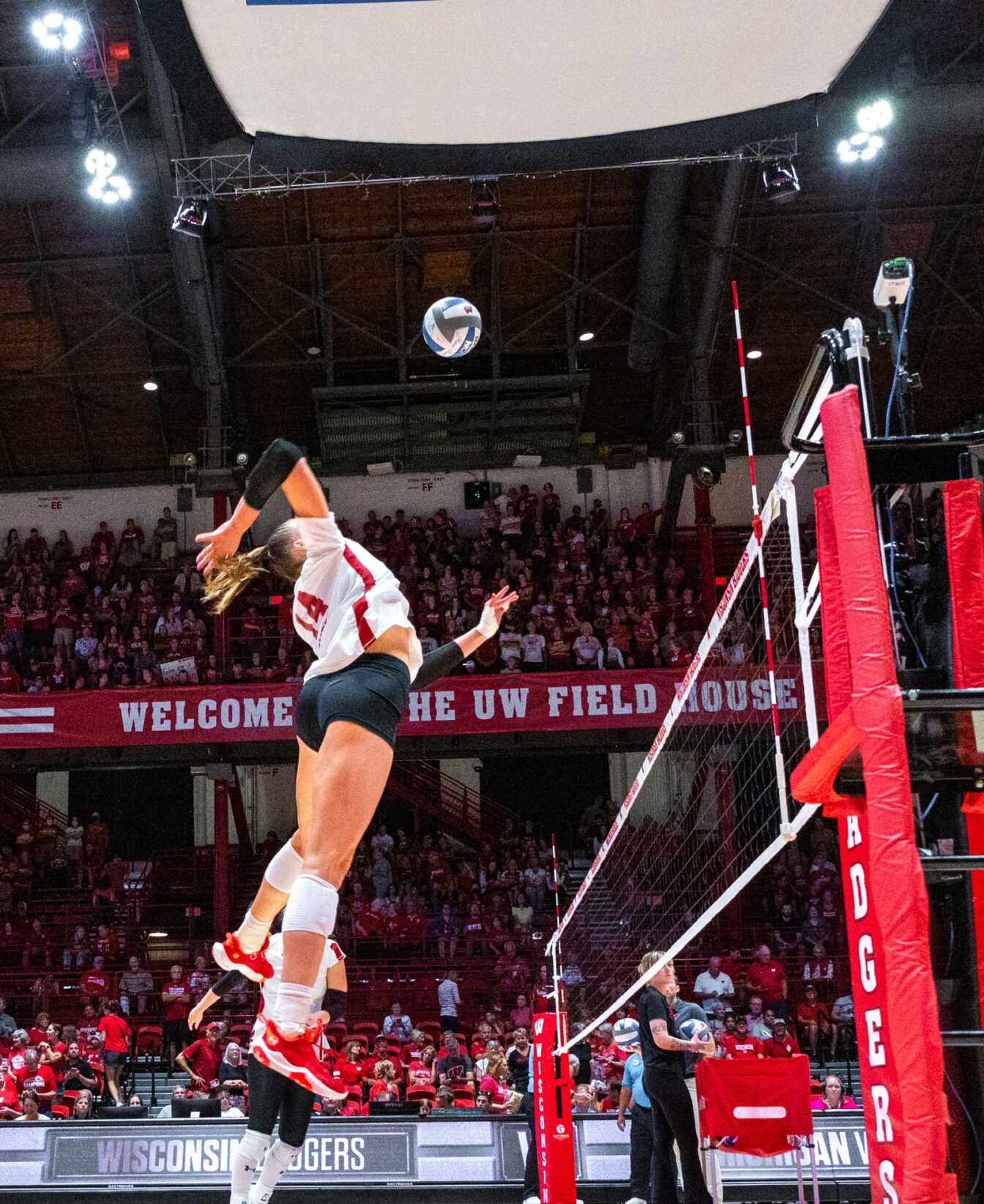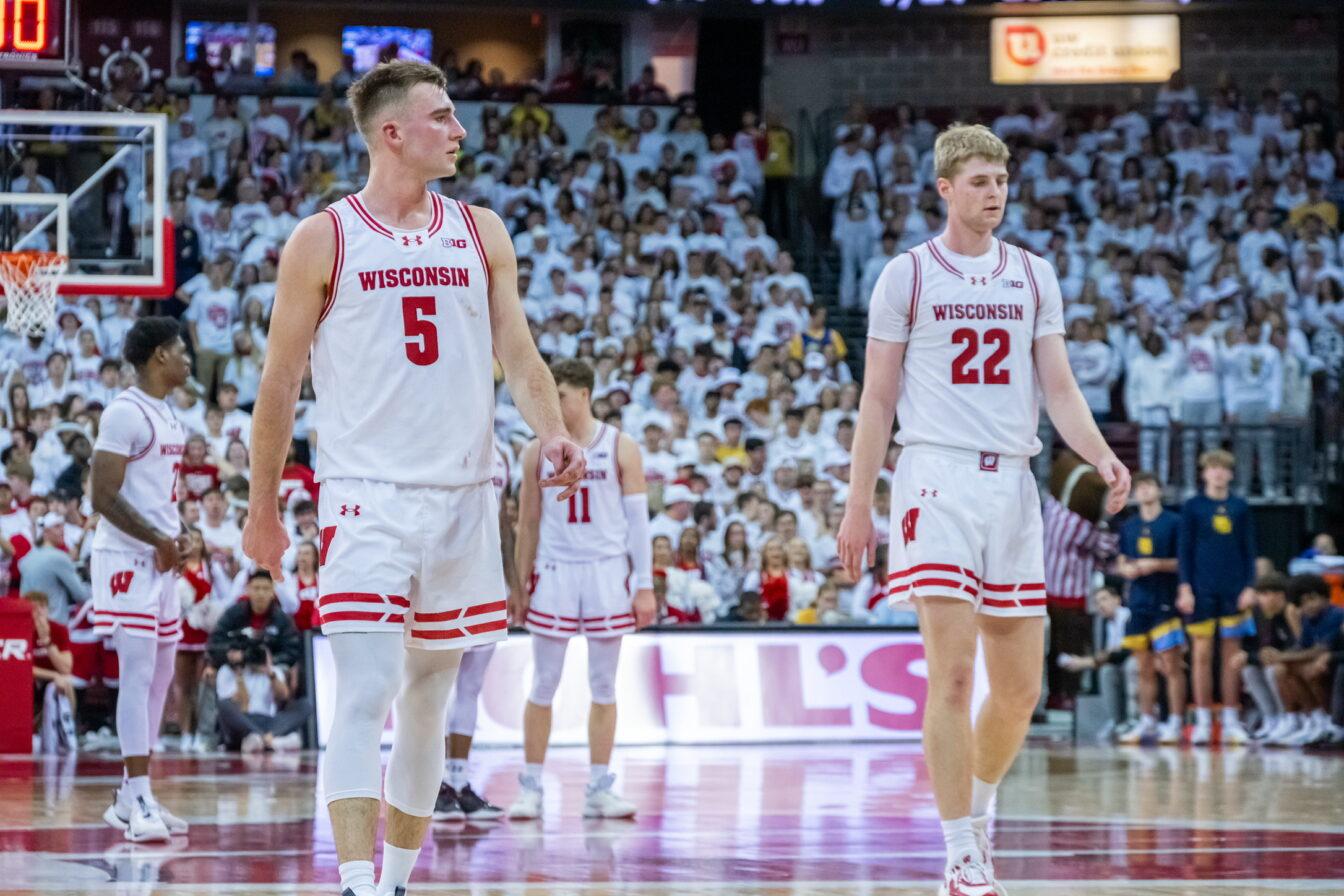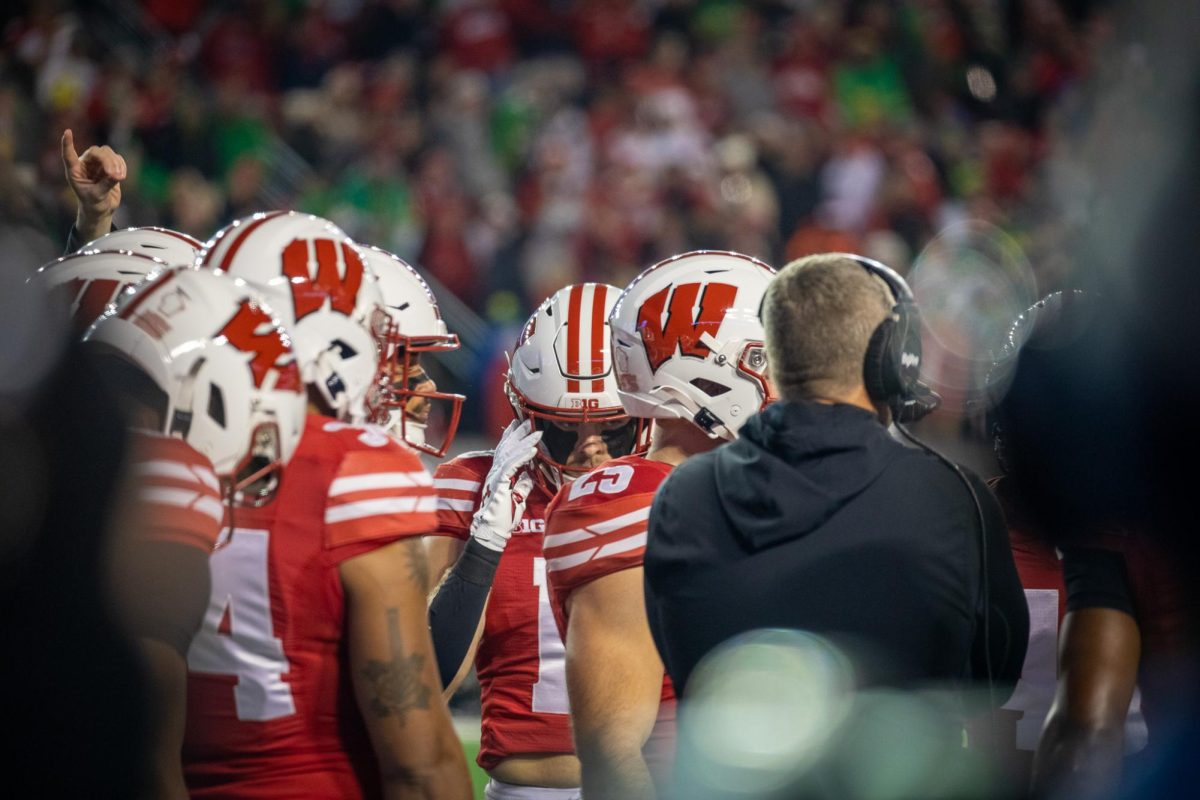
After 10 of the most consistent years in college basketball, the Wisconsin Badgers are undergoing a considerable makeover as the curtain draws on the 2011 season.
Jon Leuer and Keaton Nankivil, two four-year mainstays of head coach Bo Ryan’s rock-solid program, are gone. With them, they take Wisconsin’s leading scorer and top shot-blocker, respectively, from a Badger squad buoyed mainly by one thing – the return of point guard Jordan Taylor.
The tale of Taylor’s 2010-11 exploits has become one of Madison’s favorites, as the 6-foot-1, 195-pound point guard from Bloomington, Minn., blossomed from a steady contributor in his first two years at UW into one of the nation’s top all around players. The Badgers returned to the Sweet Sixteen last year for the first time since 2008, and they owed much of it to Taylor, who finished just behind Leuer’s scoring mark of 18.3 points per game with 18.1 himself and led the team with 4.7 assists per game.
His penchant for not only big moments (like his 27 points in a rousing come-from-behind victory over No. 1 Ohio State, or his second-half Superman effort that nearly brought the Badgers back from a 20-point deficit against Butler), but also for smart, steady basketball (which resulted in the nation’s top assist-to-turnover ratio of plus-3.83) earned him a sizable leadership role on a team that already had seniors Leuer, Nankivil and Tim Jarmusz ahead of him.
Of course, his mile-wide smile and ’round-the-clock nonchalance didn’t hurt.
“It’s not really my personality to say it’s my team or anything like that,” Taylor said. “For me, we’re the Wisconsin Badgers. I’m the oldest player on the team; me and Rob [Wilson], we’re the seniors, we’ve been here the longest.”
But with the Badgers moving on without two of its top three scorers from last season, Taylor’s no longer one of the central cogs in the machine that Ryan has piloted to 10 consecutive NCAA tournaments – he is the cog.
“He was a leader last year,” assistant coach Lamont Paris said. “He’s actually the one guy on the team whose role probably won’t change that much. He’s going to have to do the same. If he can score more, great. But it may not be possible. His role’s going to be the same and we need to count on him – and we can count on him – to provide that same thing.”
The loss of Leuer and Nankivil rings loud largely because of the weighty numbers they posted in their UW careers, but the identity they brought to the floor might be missed more than anything this year. Both players stood taller than 6-foot-8 and weighed at least 228 pounds, but together they formed one of the nation’s most flexible frontcourt duos with their abilities to put the ball on the floor and also shoot from outside. Nankivil finished second in the Big Ten with a .457 three-point shooting percentage while Leuer finished at .370 from behind the arc. Leuer led the Badgers in scoring, and Nankivil was third on the team behind Taylor with 9.7 points per game.
“In any season in college basketball, your team is going to make all types of changes throughout the course of the year,” Paris said. “That team last year, however, had a lot of veterans. You had three seniors that were starting, you had Jordan Taylor as a junior – you had more veteran guys. There probably wasn’t as much maneuvering around as far as your role.
“Guys had a good feel for what their role was, and now it’s just about jelling in those roles throughout the whole year. This year, guys’ roles are going to be completely changed.”
Paris specifically mentioned junior forward Mike Bruesewitz as one player who will be expected to elevate himself into one of the team’s most valuable players. Another fan-favorite from Minnesota, “Breuser” has earned the adoration of Badger Nation for his knack for making hustle plays and rebounding prowess, as well as a trademark red-orange afro that he’s since traded in for a more subdued buzz cut. Bruesewitz averaged 4.6 points and 3.1 rebounds per game in 2010, though he also emerged as a reliable shooting threat in converting .471 from the field and .323 from behind the arc.
Bruesewitz will likely be joined by redshirt junior guard/forward Ryan Evans and redshirt junior forward/center Jared Berggren as players with sizable targets on their backs this season, as each of those two could be a replacement for Leuer and Nankivil.
In Taylor’s eyes, though, that change is allowed some time to develop.
“We don’t really change much in terms of our style of play,” Taylor said. “It’s the same every year. It just kind of really depends on who’s going to step up. It could be Ryan; if it’s Ryan, it might be closer to the basket. If it’s Jared, it might be closer to the basket. If it’s Ben (Brust), it might be making shots or making plays and getting guys involved and getting open shots. It could be a variety of different things.”
Regardless of the number or magnitude of the question marks infiltrating the Badgers this season, Taylor’s proven ability to lead by example has stemmed most of the anticipated national criticism. Wisconsin begins the season ranked No. 14 in the ESPN/USA Today Coaches Poll and No. 15 in the AP Top 25, and the Badgers were also picked to finish second in the Big Ten preseason coaches’ poll.
Of course, critics have steadily grown to expect Ryan’s Badgers to continue playing into March, though the losses this year’s team is tasked with compensating for might be unprecedented in recent Wisconsin history.
That’s where Taylor comes in, as Paris said, as the returning presence powerful enough to quell concerns entering previously uncharted territory.
“It’s more comforting, I think any coach in America would tell you, if you could have the head of the dragon be a guy who’s been here for four years,” Paris said. “It’s a little more comforting for not only the coaches, but more importantly, for the guys that are going to be out there in the foxhole with him. Those guys have to know that they can count on the guy and know that he’s calm and he’s going to handle situations, he’s going to get them in the right spot if they don’t know what they’re doing.”
“If something gets thrown at them, they can respond to adversity.”


